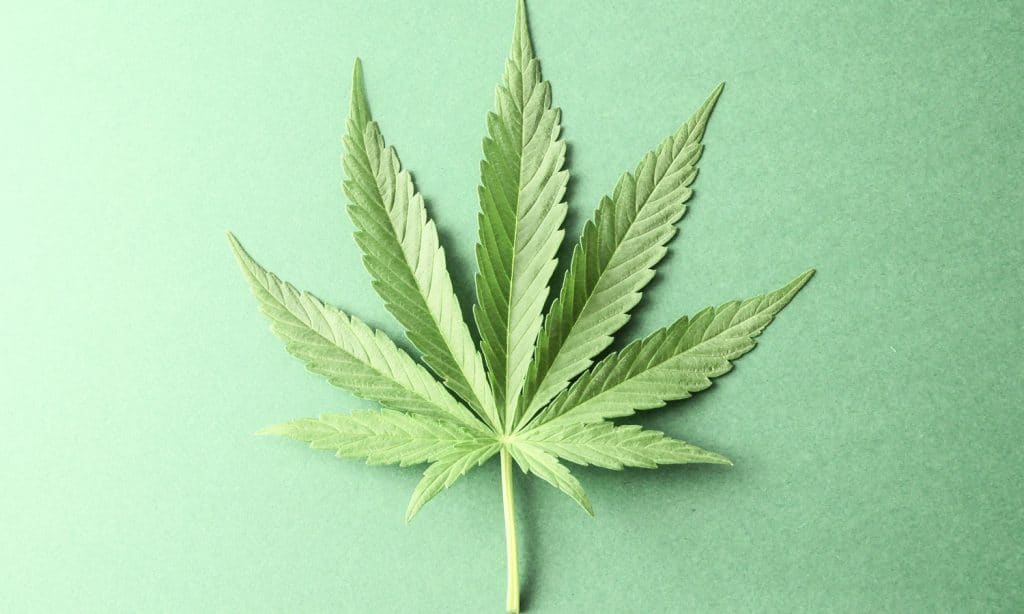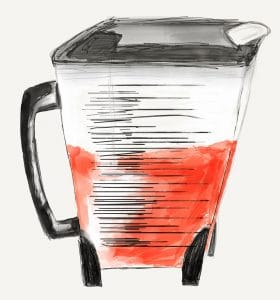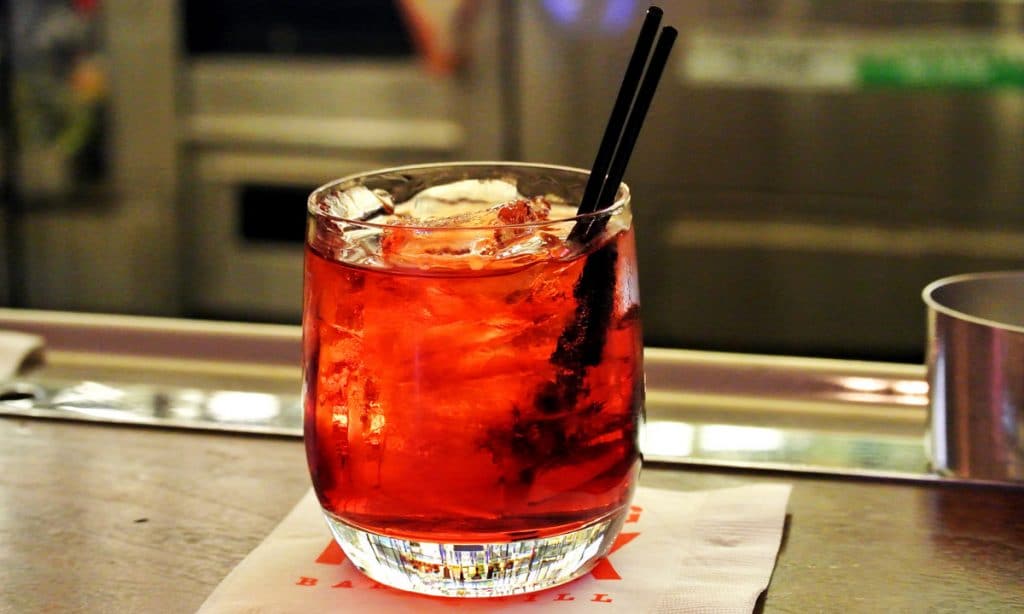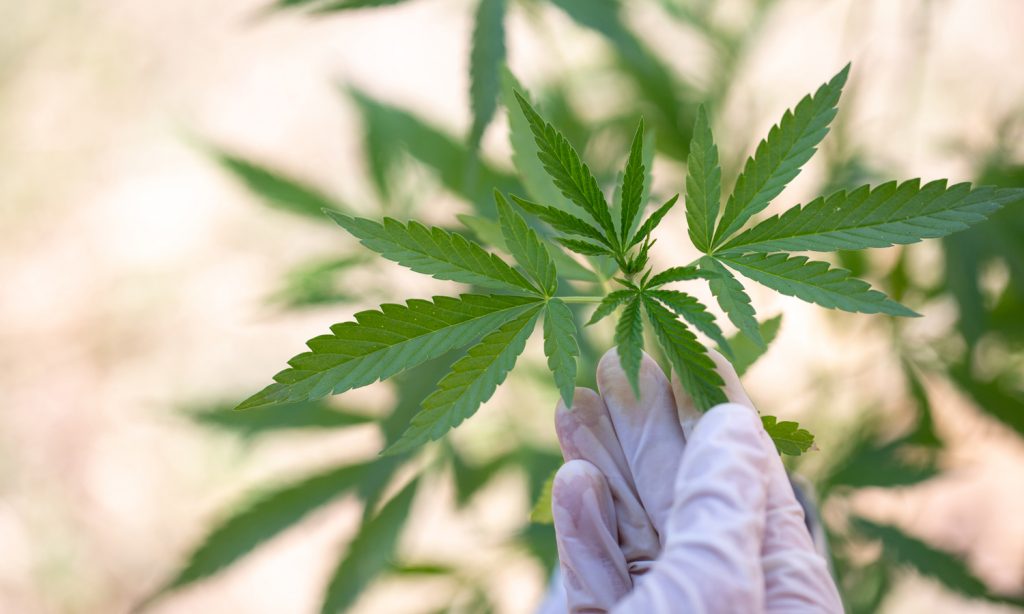Texas suddenly stops issuing permits for new medical marijuana dispensaries
Medical cannabis entrepreneurs are looking for answers after the Texas Department of Public Safety unexpectedly shut down its application process for new dispensary permits on Wednesday. The window was originally intended to last through November 1.
No reason was given for the abrupt termination of the application window, which had been announced as a month-long period, and was pulled after only a week. “The department will continue to assess dispensing capacity requirements, along with the need for any additional licenses, as we work through recent legislative changes to the program,” a spokesperson from the department commented to a local news site.
The closure of the application process is of particular concern because the geographically enormous state’s access to medical marijuana is fairly limited. Last year, only three dispensaries (Surterra Texas, Cansortium Texas, and Compassionate Cultivation) saw their applications approved—the minimum number that the state was required to authorize. 43 businesses submitted applications to the agency.
The dearth of licensed dispensaries means that Texan patients have little options when it comes to where they can get their cannabis. Supply is so low that law enforcement officials have expressed concern that residents may cross state lines to get their meds illegally. That worry was multiplied when a New Mexico judge ruled that out of state individuals could qualify to buy medical cannabis at local dispensaries.
Executive director of the Texas chapter of NORML, Jax Finkel was caught off guard by the news of the closure of the application process. “I find it concerning that a week into the application process it’s suspended with no notice and no clear communication with doctors, patients or the general public,” he said.
Medical Marijuana in Texas
In June, Governor Greg Abbot signed into effect House Bill 3703, which expanded qualifying conditions for the state medical cannabis program past its previous limitation to individuals with intractable epilepsy. Now, multiple sclerosis, Parkinson’s disease, ALS, terminal cancer, autism, and certain seizure disorders are included as qualifiers.
The state representative who sponsored that legislation, Republican Stephanie Klick of Fort Worth, told reporters that she expected the moratorium on applications to be lifted soon, and that its causes were due to the change in qualifying conditions spurred by the department’s fact-finding sessions on which incurable neurodegenerative disorders should qualify for medical cannabis treatment in the state.
“Hang tight for now,” Klick commented. “This is likely just a temporary delay until we know which of the incurable neurodegenerative conditions are appropriate to be included on the list.”
Though medical access has expanded incrementally, Texas continues to have an uneasy relationship with its marijuana policy. Many lawmakers—among them Governor Greg Abbott — were dismayed when a recent bill authorizing the cultivation and sale of hemp made it untenable to prosecute many marijuana possession cases. At issue is the state’s ability to do lab tests distinguishing between non-psychoactive hemp and marijuana. Lacking the necessary technology, many county prosecutors have announced that they will not be pursuing many marijuana possession cases.
Earlier this year, a cannabis decriminalization bill passed the Texas House of Representatives, but withered on the vine when it arrived at the state Senate.









 Terpenes are being used to help determine how various cannabis products might affect users.
Terpenes are being used to help determine how various cannabis products might affect users.


